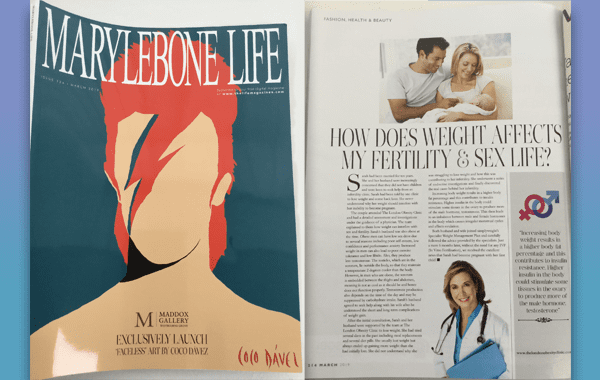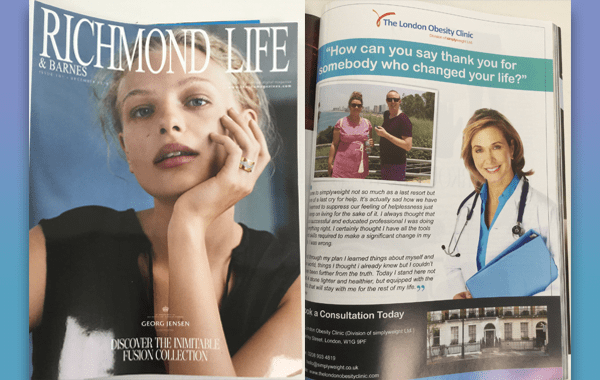Monk fruit is becoming a popular natural sweetener. It is native to China, and Indonesia and used as traditional medicine for its medicinal properties. The demand for monk fruit for its sweetener properties has increased and few products have been developed. It is an FDA-approved low-calorie sweetener and can be used by people with diabetes.
In this blog, you will learn more about monk fruit as a sweetener and its potential benefits on health.
What is monk fruit?
It is native to China and Indonesia. It is harvested originally in the southern regions of China. It is a part of the Cucurbitaceae family along with the squash, pumpkin, cucumber, melon, watermelon and zucchini.
The fruit has various bioactive compounds and is also used as a remedy for improving lung function and in the treatment of sunstroke, constipation, sore throat, cough and cold. It is also rich in essential oil, saccharides, proteins, vitamins, falcons, and triterpene glycosides (also known as mogroside).
Monk fruit has a sweet taste. A group of cucurbitane-type triterpene glycosides are called the mogrosides, a major bioactive compound found in the monk fruit. Mogrosides along with mogrol aglycone and the other three sugar moieties give a sweet taste to the fruit. It can be used as a natural sweetener in people with diabetes as it is low in calorific value of sucrose and also 300 times more sweet.
Processing of monk fruit
The process of monk fruit involves several steps:
Harvesting
The fruits are harvested once they are ripe to ensure that the concentration of mogrosides is high. Usually, harvesting is done in late autumn.
Cleaning and preparation
Cleaning is done to remove any dirt, debris, or contaminants. The cleaned fruits are sorted and graded to remove any damaged or unripe fruits.
Extraction
The fruits are crushed to extract the juice using mechanical presses. This crushing of the fruits breaks down the structure and juice is extracted.
Filtration
The extraction is filtered to remove large particles such as pulp, seeds, and skin fragments. The step is done using fine mesh filters or centrifugation.
Clarification
The filtered juice goes into the clarification process. This is done to break down the plant materials and protein using enzymes. This is again followed by filtration.
Concentration
The juice is concentrated to increase the proportion of mogrosides. This is done through evaporation or reverse osmosis. In this process, the water is removed and the sweet compounds are concentrated.
Purification
The concentrated extract is purified further to isolate the mogrosides. This process is done by chromatography technique. It separates the mogrosides from other compounds based on their molecular characteristics.
Isolation
This method is focused on isolating the mogrosides, this is the sweetest compound. This can involve additional chromatography.
Drying
The extracted mogroside is dried and powdered using spray drying or freeze drying techniques. By doing this the integrity of the mogrosides is preserved and the moisture is removed.
Standardisation
The dried powder is standardised to ensure the level of sweetness is consistent. This process involves blending different batches or adding other natural ingredients to achieve the sweetness profile.
Packaging
The standardised monk fruit sweetener is packed in consumer-friendly packaging like tablets, granules or liquid concentrates.
Health benefits of monk fruit
Many pharmaceutical companies analysed the benefits of the extract and found it to have hepatic protection, antioxidant, anti-hyperglycaemic, anti-asthmatic, anti-cancer, and anti-inflammatory properties.
Anti-hyperglycaemic and anti-diabetic
Mogrosides also have anti-diabetic properties. It increases the blood glucose uptake rate. A study on the anti-diabetic properties of monk fruit showed that the mogroside V and other minor elements of the fruit suppress the increase in maltose-induced blood sugar levels by inhibiting the intestinal absorption of maltase. One of the main pathogenesis of diabetes is oxidative stress, monk fruit has antioxidant properties which can suppress oxidative stress in people with diabetes.
Anti-obesity
Obesity is a lifestyle disorder with increasing prevalence worldwide. A study revealed that mogrosides IV and V extracts have inhibitory effects on pancreatic lipase.
Anti-fatigue
It reported that oral administration of monk fruit increases the glycogen level in the liver and muscle and there was no increase in the serum urea nitrogen and blood lactic acid. It also improved physical fatigue.
Anti-cancer
According to research, mogroside V inhibits angiogenesis and reduces vascular density, which in turn suppresses the growth and survival of pancreatic tumour cells.
Alternatives and comparisons
Monk fruit vs. stevia vs. erythritol
| Monk Fruit | Stevia | Erythritol | |
| Taste | Delicate, sugar-like sweetness, no aftertaste. | Intense sweetness, sometimes with a liquorice aftertaste. | Subtle sweetness, reminiscent of sugar but less intense. |
| Sweetness intensity | 100-250 times sweeter than sugar. | 200-300 times sweeter than sugar. | 60-70% sweetness of sugar. |
| Price | Most expensive | Most affordable | Average cost |
| Digestion | Generally well-tolerated. | May cause bloating or laxative effects in some individuals. | Usually it doesn’t cause digestive issues. |
| Health benefits | No calories or carbs make it a weight-friendly sugar substitute. | May help manage blood sugar. | Zero calories and carbs may be beneficial for weight management. |
| Best for | Those seeking weight loss and familiar sugar-like taste without aftertaste are okay with a higher price. | Budget-conscious individuals who enjoy intense sweetness or are managing blood sugar. | Those prioritising low-calorie/carb intake and digestive comfort. |
Monk fruit as a sweetener
In recent times, the use of sweetener instead of sugar has increased. Monk fruit can also be used as a non-nutritive sweetener. The popularity of non-nutritive sweeteners from natural sources increased the demand for monk fruit.
Among the many non-nutritive sweeteners available in the market, monk fruit as a sweetener was found to have low calories compared to others and also many beneficial effects on health. Many studies have been conducted to analyse the properties of the extract on health.
The extracts mogroside IV, V, siamenodie I, 11-oxo-mogroside V were found to be higher than sucrose.
The Effects of many processing methods were analysed to find the method that can retain higher amounts of glycosides. The vacuum drying method retained a major amount of glycosides. Only limited products were developed using monk fruit sweeteners such as syrup and jam using the peel and pulp. The developed syrup was found to be better than sugar.
The monk fruit sweetener can be used by children, pregnant and lactating women, people with diabetes, and people who want to lose weight as they are low in calories and have many potential health benefits.
Potential risks
- Allergies – though allergic to monk fruit is rare, some people who are allergic to gourd varieties can risk an allergic reaction. Symptoms include hives, difficulty in breathing, weak pulse, dizziness, swollen tongue, stomach pain or vomiting.
- Additives – powdered monk fruit sweeteners are commonly adulterated with erythritol (sugar alcohol). Consuming too much erythritol can increase the risk of blood clotting, stroke, heart attack and death.
Monk fruit sweetener is a natural zero-calorie sweetener making it an alternative to sugar and artificial sweeteners. Some manufacturers may use some proprietary techniques and blends to increase their extraction and purification processes. As technology advances new methods for processing monk fruit may be developed to improve efficiency or yield. The complex nature of this process contributes to the relatively high cost of monk fruit sweeteners compared to some other natural and artificial sweeteners.
Kripa N
Senior Clinical Dietitian, Simplyweight













